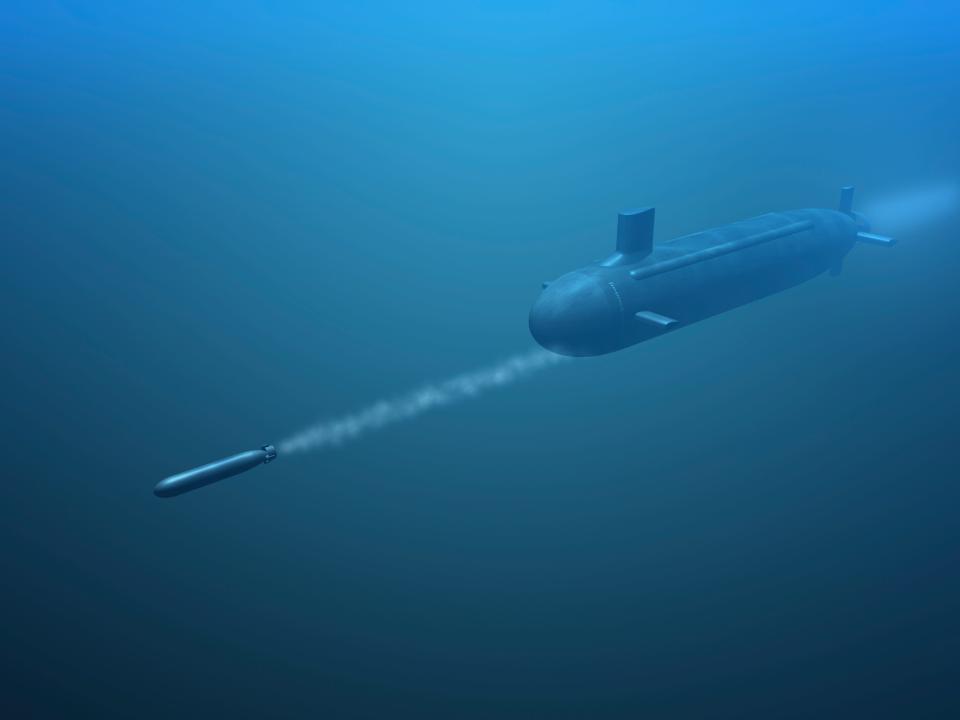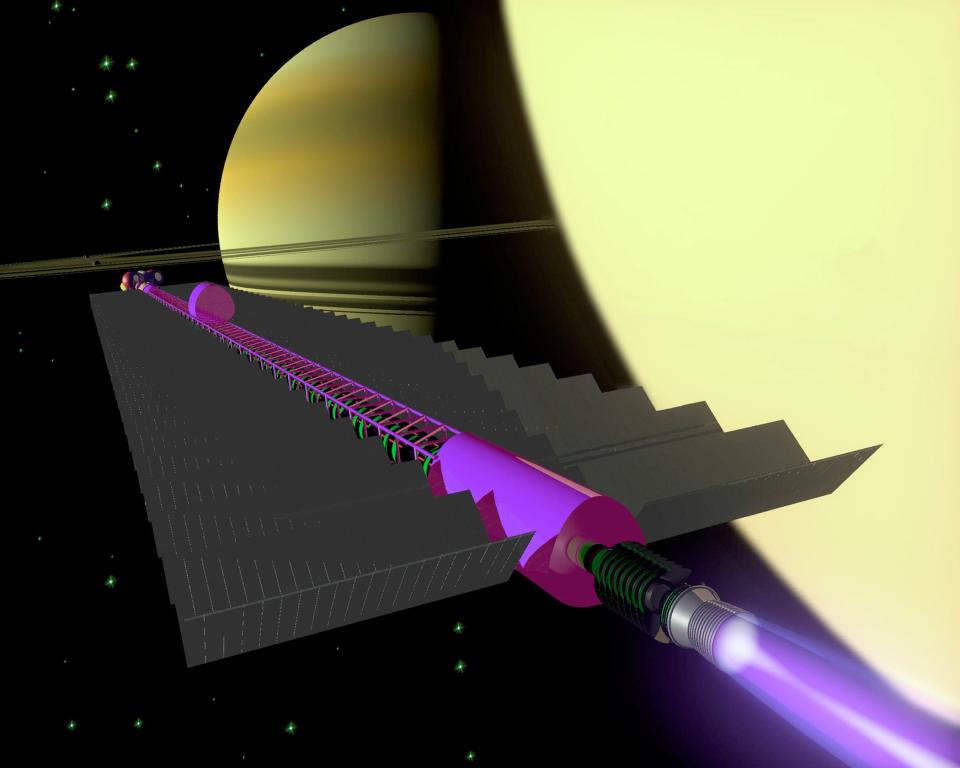-
The United States and China are in a race to develop the most advanced submarines.
-
Chinese researchers say they have made advances in laser propulsion technology that could one day be used on submarines and missiles.
-
A laser propulsion expert at McGill University told Business Insider that they see flaws in the claims.
Submarines have long been known as the silent hunters of the world, lurking undetected beneath the surface.
But as sonar systems have improved, it’s critical to minimize the sound of all onboard components to avoid detection — especially the mechanical noise of the propellers, generators, and nuclear reactor cooling systems that help propel submarines. forward.
A team of engineers at China’s Harbin University claim to have made a breakthrough in developing technology that could make submarines nearly silent and ultrafast, the South China Morning Post reported.
Rather than relying on nuclear or battery power, scientists say they have found a way to use lasers to propel submarines – known as underwater laser propulsion.
In theory, submarines could be coated in a network of minuscule optical fibers that emit laser pulses, the scientists wrote in the journal Acta Optica Sinica.
The tiny laser pulses emitted by the fibers would vaporize seawater and generate plasma, the substance created when gas is heated.
The plasma would then expand, creating a detonation wave that would act as a force against the submarine, propelling it forward.

A large number of high-powered laser beams positioned around the submarine at various angles could produce nearly 70,000 newtons of thrust and propel it at speeds almost as fast as a commercial jet, according to SCMP.
Ge Yang, the lead researcher on the project, said the technology could also be used on underwater missiles or torpedoes, “significantly increasing the underwater range,” the outlet reported.
Stealth and speed
The team of scientists say that this process would not only provide speed but also improve stealth.
The use of lasers could also trigger a process known as “supercavitation” – a coating of bubbles forms around an object in water, reducing drag and making it travel faster.
This technology has already been used in Russia’s Shkval torpedoes since the 1970s, using rocket launchers rather than laser power.


But Professor Andrew Higgins, who leads a team at McGill University developing laser propulsion technology for space travel, does not believe that lasers could be powerful enough to trigger this “bubble” effect around torpedoes, let alone submarines.
“Cavitation can occur on the front of the torpedo with a spike or a front-on rocket exhaust. I doubt that a torpedo can carry enough power supply to power a laser that would do this operation continuously,” he said. by Business Insider.
And your lasers produce enough thrust to propel an entire submarine?
“I’m even more skeptical,” said Higgins. “The average thrust is low and the jet power cannot exceed the power supply of the laser.”
“Even with today’s high laser efficiencies, this approach would not be as efficient as a propeller, so there is no net gain in propulsion.”
As the SCMP notes, Japanese researchers first proposed this type of laser propulsion methodology 20 years ago, but for many years the technology has only been able to achieve one millionth of a newton.
Another issue is controlling the direction of the plasma detonation waves to steer the submarine.
Chinese researchers say the unique design of the microcavities in the optical fibers has increased thrust efficiency and force direction, according to SCMP.


However, they admit that there are many challenges to overcome before the technology can be applied to submarines.
Higgins says they also avoid a key issue in their claim that the technology would reduce noise – cavitation is “a dead sounder”.
“It would not be possible or desirable to drive a nuclear submarine this way.”
“For nuclear submarines, acoustic stealth is the whole objective, and great effort is made to avoid cavitation.”
A race to advance military capabilities
Although laser propulsion technologies for submarines are currently still in the theoretical stage, the US is locked in a race with China to develop advanced military capabilities.
Harbin University, where the researchers are based, is a hub for China’s military development and is listed as “very high risk/top secret” in Australia’s Chinese Defense Universities Tracker.
According to the tracker, 52% of the university’s total research budget was spent on defense research in 2018.
China currently operates 60 submarines, compared to the 67 operated by the US. But while the US numbers are dwindling, China’s submarine count is expected to rise to 80 by 2035.
Numerically, China’s navy is the largest in the world, but analysts say it is technologically inferior and lacks experience compared to the US.
Read the original article on Business Insider